In a heartwarming rescue, the Coffee County Sheriff’s Office (CCSO) used a drone to locate an 80-year-old man with dementia who went missing on June 18, 2025, in rural Georgia. The successful operation highlights the growing role of drones in search-and-rescue missions, offering new hope for families and First Responders. WALB News reported the story, emphasizing the technology’s life-saving potential.
Drone Technology in Action
Walter James Williams wandered from his home around 2 p.m. on June 18, taking an unfamiliar route that alarmed his family. By 10 p.m., CCSO’s drone operator found him along a tree line near his residence, where he had fallen and was in distress. The drone, likely equipped with thermal imaging or night vision—common in modern search-and-rescue models—allowed deputies to spot Williams in a challenging, wooded area at night. After the rescue, he received medical attention at Coffee Regional Medical Center.

Drones enhance search operations by covering large areas quickly, often in under an hour, compared to ground searches that can take hours or days. In rural settings like Coffee County, where terrain and limited visibility complicate efforts, drones provide a critical edge. The Alzheimer’s Association notes that 60% of dementia patients wander at least once, and delays beyond 24 hours can turn deadly. CCSO’s rapid deployment underscores the operational advantage of drones in time-sensitive cases.
Community and Technology Unite
The rescue wasn’t just a technological win—community support played a vital role. Over 700 people shared Williams’ photo on Facebook, amplifying the search effort. “People were sharing instantly. The community just came together,” said Clander Patillo, Williams’ daughter. This synergy of social media and Drone Technology showcases a model for rural communities, where resources may be limited but collective action thrives.
CCSO encourages proactive outreach in emergencies. “Please don’t hesitate to call us before or during a crisis,” said Captain of Investigations Todd Winkler. “Let us exhaust all efforts and resources to safely bring loved ones home.” Such statements reflect a broader trend: sheriff’s offices nationwide are integrating drones, with over 1,500 U.S. public safety agencies now using them, according to industry reports.
Implications for Drone Adoption
The successful rescue signals a shift in search-and-rescue practices, particularly in rural areas. Drones, costing $5,000–$20,000 for professional-grade models, are more cost-effective than helicopters, which can run $1,000 per hour. They also reduce risks to ground crews navigating hazardous terrain. However, challenges remain, including the need for trained operators and compliance with FAA regulations, which restrict nighttime flights without waivers.
For drone professionals, this case highlights opportunities in public safety partnerships. Agencies increasingly seek pilots skilled in thermal imaging and GPS navigation, creating demand for certified operators. Recreationally, it underscores drones’ potential beyond hobbyist use, encouraging enthusiasts to explore training programs like FAA’s Part 107 certification.
Economically, drone integration could lower municipal budgets for search operations, freeing funds for other services. Yet, rural departments face hurdles in securing grants or training, which could slow adoption. Advocacy for federal funding, like FEMA’s drone grants, may accelerate progress.
Looking Ahead
Williams’ rescue illustrates drones’ transformative impact on public safety, blending cutting-edge technology with community spirit. As Patillo reflected, “It’s nighttime, and I know watching other people’s families go through this, it’s not always a great outcome.” This time, technology and teamwork ensured a happy ending, setting a precedent for future missions.
You can read more Drones for Good stories here on DroneXL.
Photos courtesy of Coffee County Sheriff’s Office / Facebook.
Discover more from DroneXL.co
Subscribe to get the latest posts sent to your email.

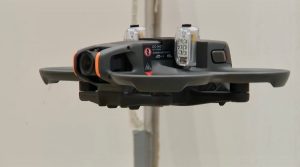
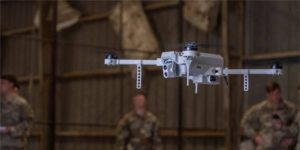



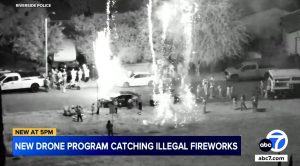

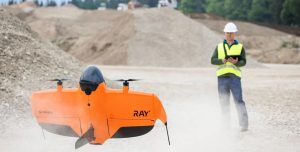


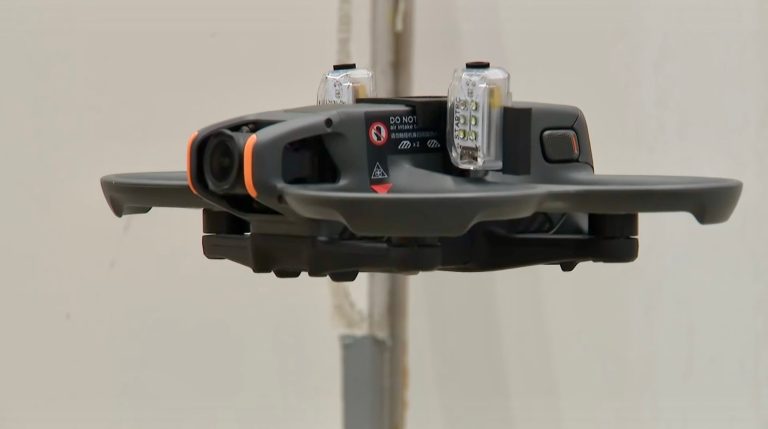



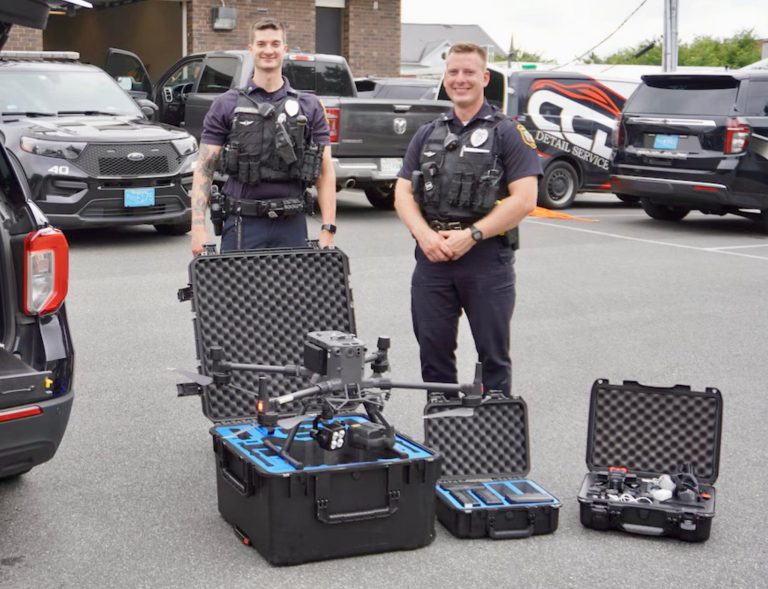
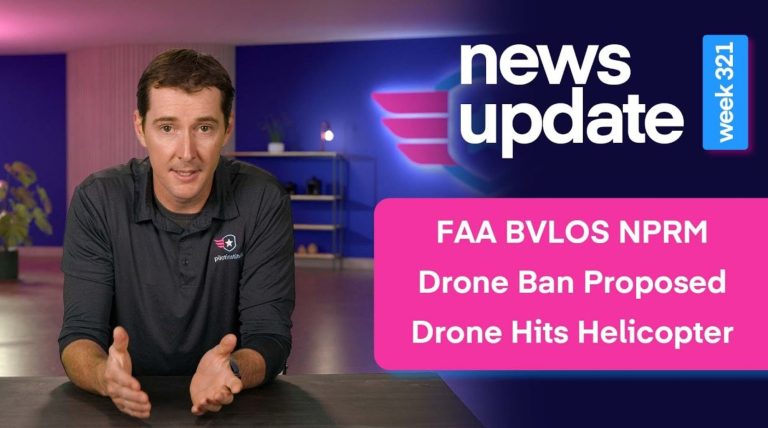


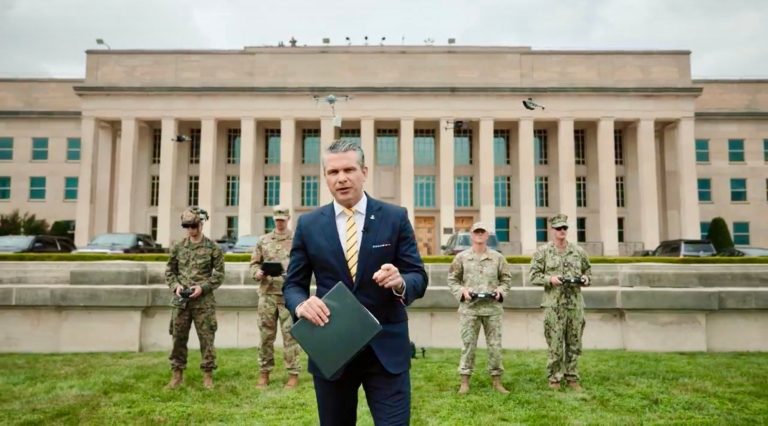
+ There are no comments
Add yours